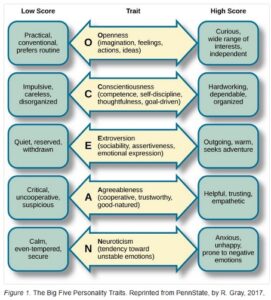LingoSlam 2022! More exciting than ever!
It happened again! On April 22, 2022 (please also note the date!) 5 ingenious linguistics students competed with great humorous and performative (pun intended) abilities against each other to win in the four categories “poetry”, “academia”, “creativity” and “humor”, and not least – in anticipation for the overall winner – the LingoSlam trophy. The latter led to a surprise, but more on that later. Everything was, as usual, carried forward by a high-spirited and cheering crowd!
LingoSlam is a long-standing tradition that has always been a testament to the ingenuity, high professionalism and not least the ability and willingness of linguistics students to entertain a large crowd of like-minded people.
LingoSlam was invented and for many years organized by Peter … ↪








